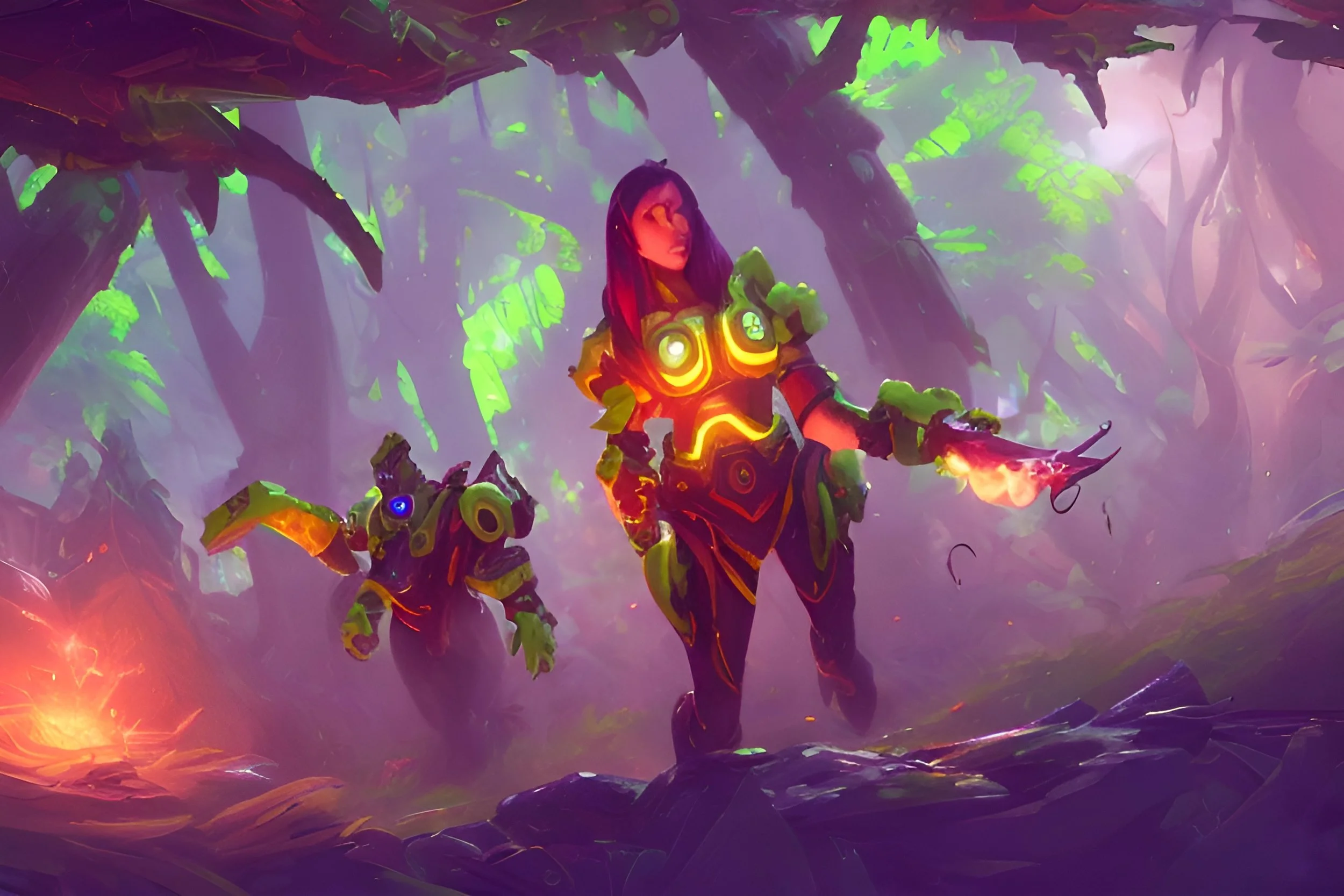The Sound of Protest: Bollywood’s Jimmy Jimmy and COVID unrest in China
/While factory workers in China voiced their protest of Covid 19 lockdowns on the street and online, another subtler wave of online protest emerged as humor through the sound of Bollywood. The Chinese Tik Tok Duoyin abounded with videos of Chinese netizens (Internet citizens) singing Jimmy, Jimmy a popular Bollywood song from the 1980s. Jimmy Jimmy, however, is not just any Bollywood song; it was the youth anthem for many soviets and east Europeans in the eighties. This post focuses on three aspects of this event. First, what qualities make a song a protest song? Second, how do we account for the transcultural, trans-linguistic flow of the song, and what does this exchange reveal about the cultural dissemination and absorption of Bollywood in China?
Read More













































